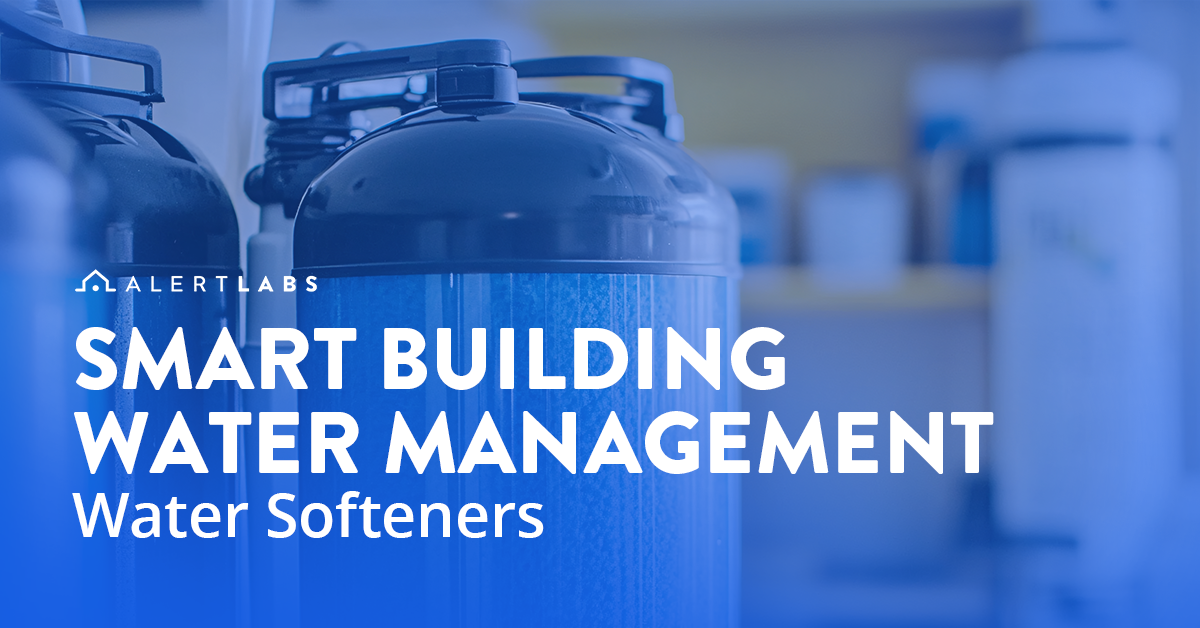Detect Water Leaks And Damage At Buildings Under Construction

Monitoring new buildings under construction to prevent water damage and detect leaks is necessary to minimize the risk of significant losses. Events such as the flooding of several floors due to a leaky valve in the stairwell of the Bank of America Tower in Houston are all too common. The rapid increase in insurance deductibles for water damage is also creating demand for alternative water management strategies.
Building owners and operators are looking for ways to minimize the risk that comes with self-insuring their buildings. But if there are no wired or wireless networks installed at a new construction site, how can you remotely monitor fire sprinklers, irrigation, cooling towers and other water systems?
The answer is cellular.
More and more property management companies, condo boards and other building owners/operators are relying on smart water sensors that connect to pre-existing cellular networks to minimize risk. Some sensors can be quickly self-installed during each phase of construction to meet the unique needs of the building.

Monitor water at unoccupied buildings
When a building has no tenants and there is water being supplied to most areas of the building, there are fewer people to see, report, and fix a water problem. Cellular connected water sensors can monitor all the water usage at a building minute-by-minute and send alerts to your phone for events such as leaks, floods, temperature, humidity and power outages. Special water usage thresholds can be set up so that if water usage goes above a rate of 0.5 gal/min, for example, you would receive an alert.
When you combine the ability to monitor all water usage with an automatic water shut-off valve, you can avoid catastrophic water damage with the tap of a button on your phone.

Monitor water at partially occupied buildings
As construction nears completion, and people are starting to move into the finished areas of the building while other parts are still being built, monitoring needs change. In some regions of the country, this phase of construction is called interim occupancy. The two key risk factors here are (1) there are now more people at the property using water and (2) there are finished areas of the building that are not being monitored such as unoccupied suites.

A best practice to minimize water damage risk during the interim occupancy phase of construction is to deploy portable water leak detectors in strategic areas such as mechanical rooms, bathrooms in occupied suites, laundry rooms and more. The best sensors allow you to customize a flood detection system to meet the water damage risk mitigation needs of your building.
Monitor all water systems at fully occupied buildings
Now that mechanical areas are monitored along with water usage for the whole building (including cooling tower intake lines, irrigation systems and fire sprinklers), the next step is full leak and flood deployment. This involves putting portable water leak detectors in all suites in the building. Elevator pits and sump pump systems can be monitored as well. There are sensors that track water levels and alert staff to potential water damage events.
With new advances in smart building technology, smart sensors can help you monitor new buildings for water damage saving hundreds of thousands of dollars in deductibles, insurance premiums and repairs.




